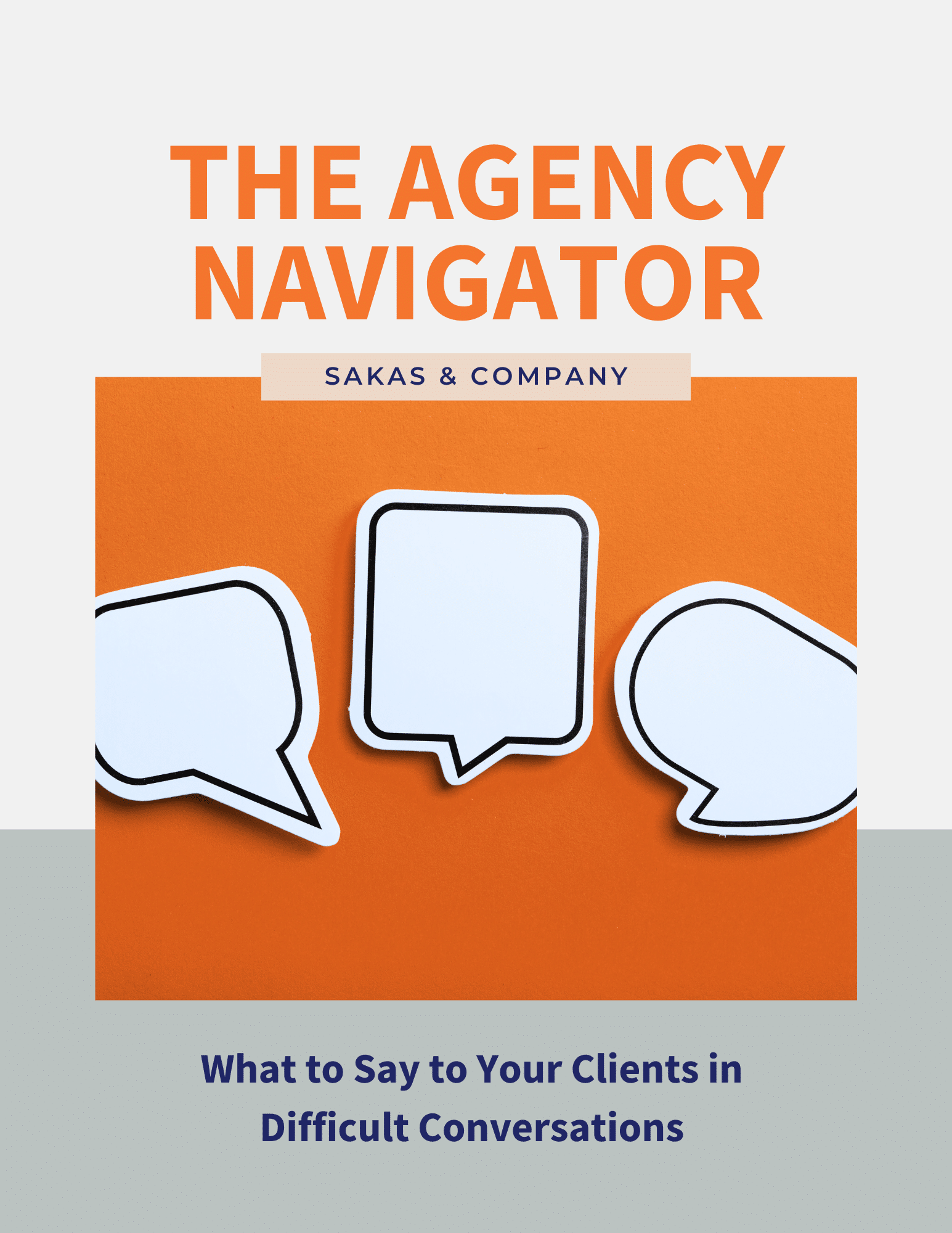Content delays. They frustrate your team, hurt your agency’s profits, throw off your project management schedule, and make your clients unhappy. Do any of these examples sound familiar?
- You’ve finished development but the client won’t let you launch the site because they haven’t finished loading the content.
- You’re still waiting for feedback on the draft of a video you sent to your client a month ago.
- Your client said they needed an urgent social media campaign, but they haven’t finished writing the posts you need to move forward… and they’re avoiding your followup calls.
They’re a common problem at many agencies but content delays don’t have to be the norm.
Here are the 5 things that cause the problem… and 7 ways you can [profitably] fix things before they cost you time, money, and frustration.
5 causes: Which affect your agency?
Content delays happen on all sorts of digital marketing projects—web development, content marketing, marketing automation, social media marketing, mobile app development, and more. In my experience, content delays are due to one or more of the following:
- Your clients don’t know what content you need them to create ’til the last minute.
- Your client knew what you needed, but under-estimated how long it would take to create content.
- Your client said they’d do their own content migration to save money, but they don’t have enough people to do the work.
- Your clients don’t like writing but ignore the need to create content ’til you ask them about it.
- Your clients are overwhelmed by your request(s) to provide feedback.
How can you fix this?
The exact solution depends on the underlying problem(s), but it ultimately comes down to this: If you want someone to do something for you, do it for them.
To put it another way—it’s your agency’s job to make the process as easy as possible for your clients. Why? Remember why your clients hired you—because you’re an expert at doing digital marketing work. And the sooner you get things done, the sooner you can move on to your next paying gig.
7 solutions to prevent Content Delays
Here are seven ways to help clients, get paid, and keep things moving.
Tell clients ahead of time about what you need them to write.
It’s your job to manage clients’ expectations. For instance, are doing web development? Early in the process, you can estimate what content you need and when you’ll need it. Are you telling the client?
What if you’re setting up a marketing automation system, and the client’s providing the content? Based on your past experience, you should be able to predict the types of things the client will need and when. Are you telling them this ASAP?
Services like ContentSnare (affiliate link) can automate the document collection process, including automated reminders; I first connected with founder James Rose in 2019.
Offer copywriting and other content creation services.
Most clients are too busy in their day-to-day job to write copy for a new website, a new marketing automation system, or other marketing program. And not every client is a good writer. Going beyond written text, you can create images, video, and other content.
Make their life easier by taking on this implementation work. Even better, sell them content strategy help so you can ensure the implementation is on-strategy. If your agency is creating the content itself, “what and when” shouldn’t be a surprise.
Be sure to manage client expectations about input and signoffs, so your work isn’t waiting on them.
Offer content migration.
Weigh how much you can automate, especially if you’re going from one CMS into another CMS. Budget for the inevitable [manual] post-migration cleanup. Use the free WhatCMS search to quickly identify their current CMS, but get a look at the data before you provide a binding quote.
Use the Google “site:domainname.com” search string to see how how many pages are indexed by the search engine. It’s not perfect, but you want to know ASAP if you’re talking 100 pages or 10,000 pages. If you need to do a manual migration, consider hiring lower-cost contractors to do the work, and then charging clients a lower rate than usual for this work.
Offer training on writing.
If a client wants to create content themselves, train them on how to do it better. You’ll get paid for the “how do we do this?” questions that inevitably come up along the way, and you’re letting the agency focus on high-value work.
Help clients give you better feedback.
Good feedback is timely, actionable, and informed by strategy. Does your agency have a process to make it easier for clients to give you feedback? If not, now’s the time to create one. This includes helping clients consolidate their feedback.
Start by thinking about what’s caused bottlenecks before, and think about how you can smooth those out. Remember, it’s your agency’s job to get feedback. Make it as easy as possible for clients to prevent content delays.
Offer on-site SEO services.
Doing a website migration? At a minimum, you need to propose setting up 301 redirects from old URLs to new URLs. If they have a ton of pages, you can suggest covering the smaller number of URLs that reflect 80% or 90% of their traffic (and make sure they understand the tradeoffs involved there).
You can also charge for on-site SEO help, including writing META descriptions and search-friendly TITLE tags. On-site SEO doesn’t have the same impact as it did several years ago, but you at least want to do everything you can to control how results look on a search engine results page (SERP). In your sales proposal, call out what you will and won’t do, so clients don’t assume your “SEO-friendly site” bullet in the proposal means you’re providing thousands of dollars in SEO services for free.
I recently helped a client narrow the scope of what his “SEO-friendly” proposal included and excluded, saving him from the client expecting him to write META tags for 1,000+ pages of content.
Pitch content services in your sales proposal.
You might close a bigger deal up front… and if they initially decline and then change their mind later, they already know that content help will cost money. And when they later realize they need help, they’ll be more likely to say “yes” to the upsell this time.
Next steps: How to prevent content delays at your agency
Ready to finally fix the content-delay problem at your agency? Do this:
- Make a list of clients, projects, and campaigns that have experienced content delays.
- Compare that list to the list of five causes above, to see what’s going on.
- Review the list of seven solutions to see which ones you need to be using.
- Decide which current projects and retainers need help, and start trying the solutions on current sales proposals.
Question: What’s your favorite tip for fixing content delays at your marketing agency?


